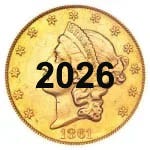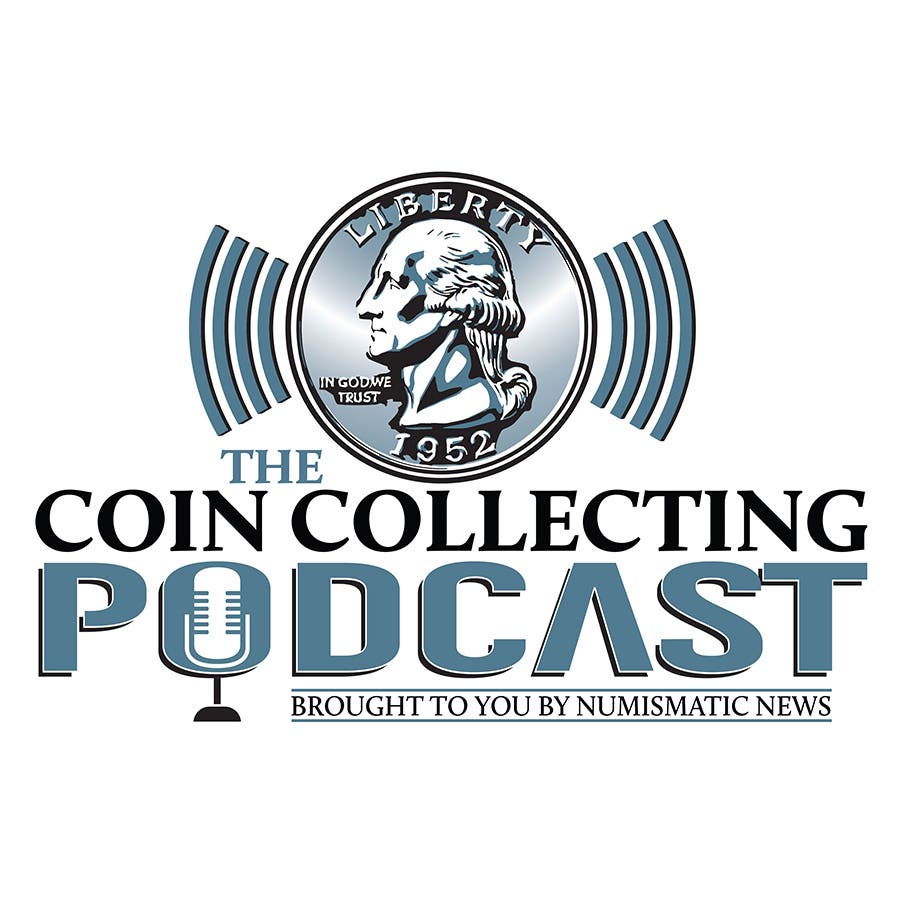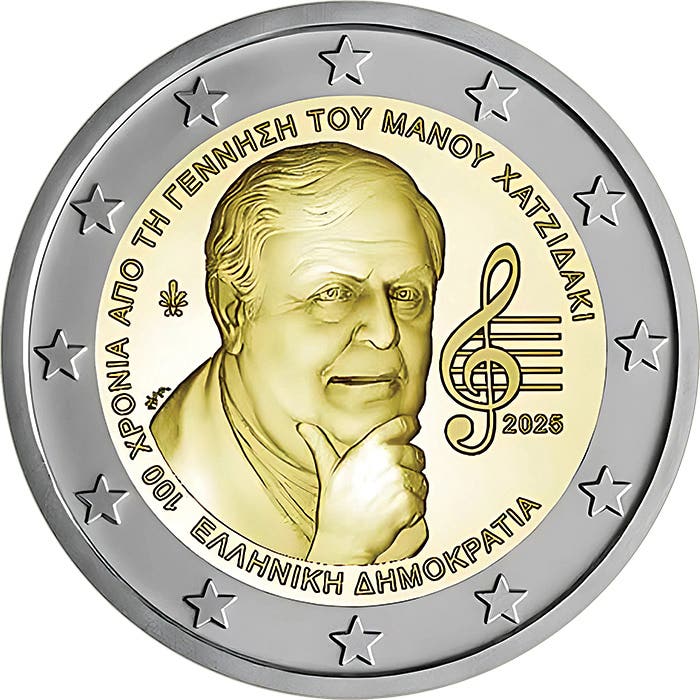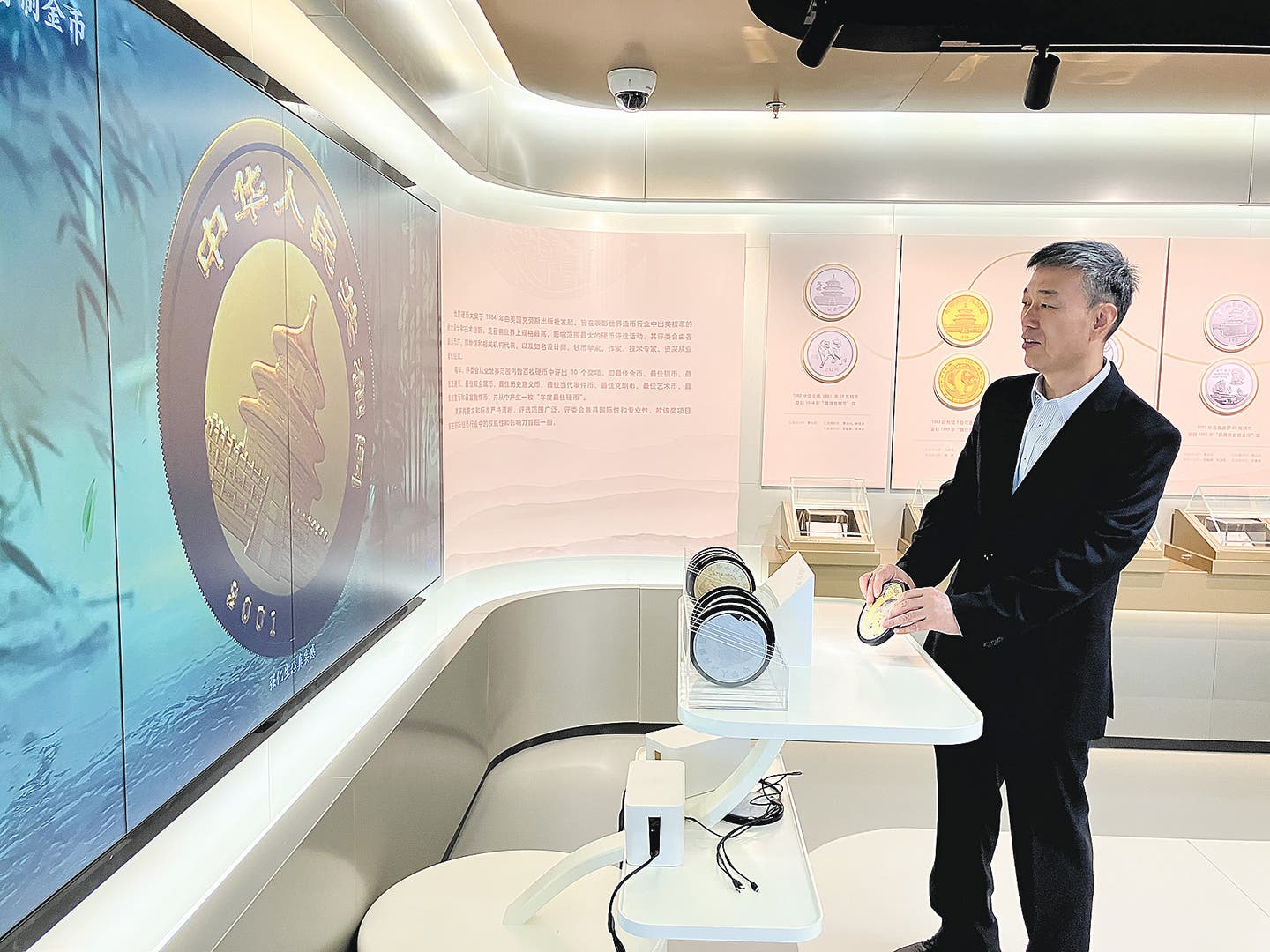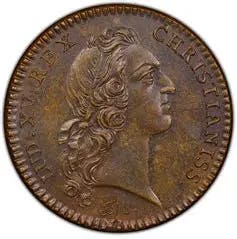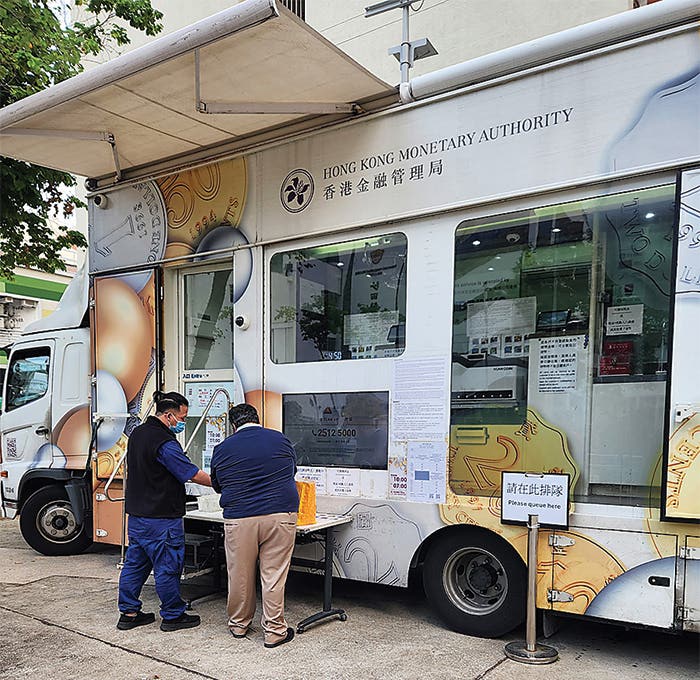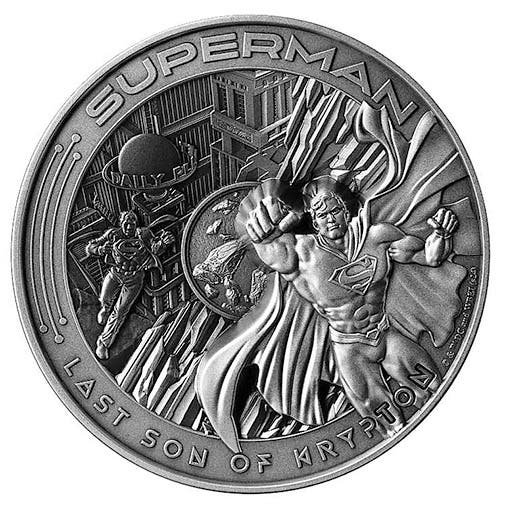South Korea Considers Copyright Violations
The source of this revision is a bread filled with cheese called Sibwonppang, which resembles a 10-won coin.
Now, here are some coins you can really sink your teeth into. The Bank of Korea recently announced it would relax a rule allowing the commercial use of iconography on any South Korean coins and bank notes for other purposes.
The source of this revision is a bread filled with cheese called Sibwonppang, which resembles a 10-won coin. The obverse of this coin features the Dabotap Pagoda, dating from the Silla Dynasty (57 B.C.- 935 A.D.) in Gyeongju, South Korea. The pagoda is a national treasure. The reverse of the coin features the denomination's numeral value.
Won-denominated coins were introduced in 1966, the 10 won initially being struck in bronze. The coins were the first Korean coins on which the Gregorian rather than the Korean calendar date appeared. The coin composition was changed to brass in 1970 to reduce minting expenses. The coin was among those standardized in relation to a new 500-won denomination coin in 1983.
In 1986, faced with a production cost of 38 won to strike a 10-won coin, the central bank changed the coinage metal to copper-plated aluminum; its size was reduced from 22.86mm to 18mm. At the time, unsubstantiated rumors circulated that the coins were being melted and the metal reused to make jewelry.
Sibwonppang may resemble this coin, but Sibwonppang has a larger diameter, and it sells for about 3,000 won or about $2.24 U.S. The pasty is sold primarily in the tourist areas of Gyeongju, North Gyeongsang. Today, the legal tender 10-won coin has a value equal to 0.00075 U.S. cents.
Due to copyright issues, the BOK has been warning Sibwonppang manufacturers to change the design for over a year. The warnings have been primarily ignored, and copyright enforcement has been met with backlash.
In June, a BOK official was quoted by the Korea JoongAng Daily newspaper as saying, “Currently, we are negotiating with Sibwonppang manufacturers to come up with adequate altercations to the bread’s design. Currently, we do not have plans for legal action against Sibwonppang manufacturers.”
A press release of the same date reads, “If money designs are indiscriminately used for commercial purposes, it can be a factor that gives way to counterfeiting and deteriorate the dignity and reliability of currency.”
The Sibwonppang manufacturers legally downloaded the coin’s appearance on Korea Open Government License, a platform that allows anyone to freely use files, including images and videos belonging to the government or public institutions, posted on the site.
The BOK reacted, “The image shouldn’t have been up on that site in the first place. It belongs to us, and the platform should have asked us for permission to post the image on their site instead of the Korea Minting and Security Printing Corporation. We’ve asked the Korea Open Government License to either categorize the image under the section for items that are not allowed to be used for commercial purposes or take it down.”
There has been BOK concern that if push comes to shove, the Dabotap Pagoda image on real coins may need to be replaced. “We’ve directed the manufacturers that the new design should bear no clear resemblance to the actual coin, and that may mean a different landmark engraving or words,” according to the BOK official.
The official continued, “I’ve been told by the brand’s headquarters that they will provide me with a new metal mold soon.”
Coins and bank notes of South Korea are produced by the state-owned corporation Korea Minting and Security Printing Corporation.
Candy or pastry coins and bank notes that resemble legal tender coins are nothing new. Chocolate candy resembling coins inspired by the acts of Saint Nicholas in the fourth century was introduced in Europe during the 16th century. Chocolate coins resembling legal tender coinage are traditionally given to children at Christmas in England. Similar gelt coins are given to children during the Jewish festival of Hanukkah. In China, the new year is marked by similar Hongbao or lucky money chocolate coins. Chocolate candy wrapped in gold foil and resembling coins is a well-known treat in the United States.
In November 2022, the Norwegian organization Antipodes Café exhibited “illegal tender” chocolate coins in Logroño City, Spain. These included Argentinean pesos rather than pesos and Russian chocolate coins featuring butterflies.
According to Candy Warehouse, “Although not legal tender, U.S. chocolate coins wrapped in patriotic American colors of red, white, and blue are sure to be accepted for deposit into your mouth! Featuring a real U.S. coin design stamped into every piece, these delicious milk chocolate coins are perfect for stocking the candy bowl at your 4th of July party or other patriotic event. Put your money where your mouth is... literally.”
Some people collect chocolate, other candy, and pastry resembling coins, but so far, no one has “coined” a name for this numismatics sector.
You may also like:


